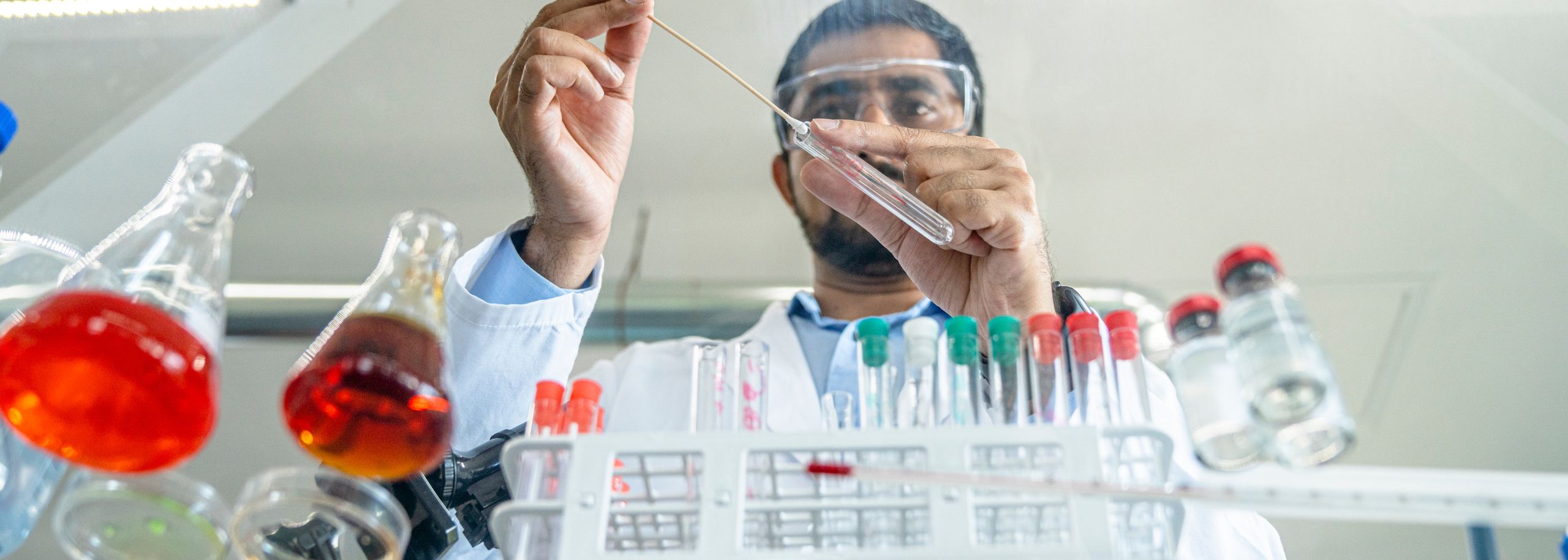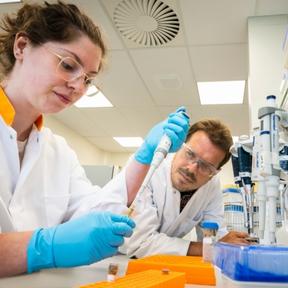Hooray! An important bill has been passed in America. The FDA Modernisation Act 2.0. The what? A modified law that allows for animal-free alternatives to be used for developing drugs and biological products. Quite a mouthful, but it is good news! We’ll tell you what you need to know.
In a nutshell
The main point is that a bill has been passed in America allowing the use of alternatives to animal testing for drug development. So in America, it is now allowed to use, for example, organoids, organs-on-chips or computer models. Despite the fact that these alternative methods for drug testing already existed in America, they were not yet allowed by the Food and Drug Administration (FDA) to be used in drug research. And now, with this legislation, known as the FDA Modernisation Act 2.0, they are allowed to be used.
Why this is so important
We wouldn’t be Proefdiervrij if we didn’t encourage animal-free developments. But the step currently being made in America is really noteworthy. It could improve the health of many people and the condition of laboratory animals. This law gives scientists the freedom to use animal-free research models and will reduce the number of animals used in research. Because the alternative models can be used in daily practice, more animal-free alternatives will likely be developed. And to top it off, that will in turn have a positive impact on medication for humans.
In fact, 90% of drugs developed through animal testing are not effective or safe for humans. So those animal tests are a big waste of time and money, but also unjustifiable because animals suffer for these tests. That medication can be developed in another, animal-free, and safe way is what the FDA now also recognises.
What is the situation in the Netherlands?
In the Netherlands, we fall under European regulations. It is not specified in these regulations that researchers are obliged to use laboratory animals for drug testing and development. Unfortunately, in reality this is what it comes down to. Because there is a legal obligation to prove that a drug is safe, and when a researcher submits a research proposal for drug research, animal testing is eventually required. As a result, a lot of laboratory animals are still used in the end. The renewed law in the US could be implemented in the Netherlands by the European Parliament. Whether this will happen anytime soon remains to be seen. For example, in Proefdiervrij’s Podcast you could hear Frank Wassenberg say that it takes a long time to make changes in legislation in the Netherlands, but that in Europe things move even slower.
But you cannot really compare the situation in the Netherlands and the US one-on-one. You could argue that because of this law, the regulations for using animal-free alternatives for drug development are now better arranged in the US than in the Netherlands and Europe. But many animal tests are also carried out in America within studies that are not aimed at drug development. And in Europe, different, stricter rules apply to the use of animals within research and, in contrast to America, no animal tests are allowed for cosmetic purposes.
This renewed law is therefore not a total ban on animal testing. Laboratory animals can still be used for research, but before the bill was passed, the law did not even allow for these alternatives to be used within medication research. Now the law no longer prevents researchers from using alternatives. This will save many laboratory animals from a lot of suffering and will stimulate non-animal innovation, and Europe can learn a lot from that.
So, as you can see: we are not there yet, but we are already further along than you think.
Source: Congress.gov



